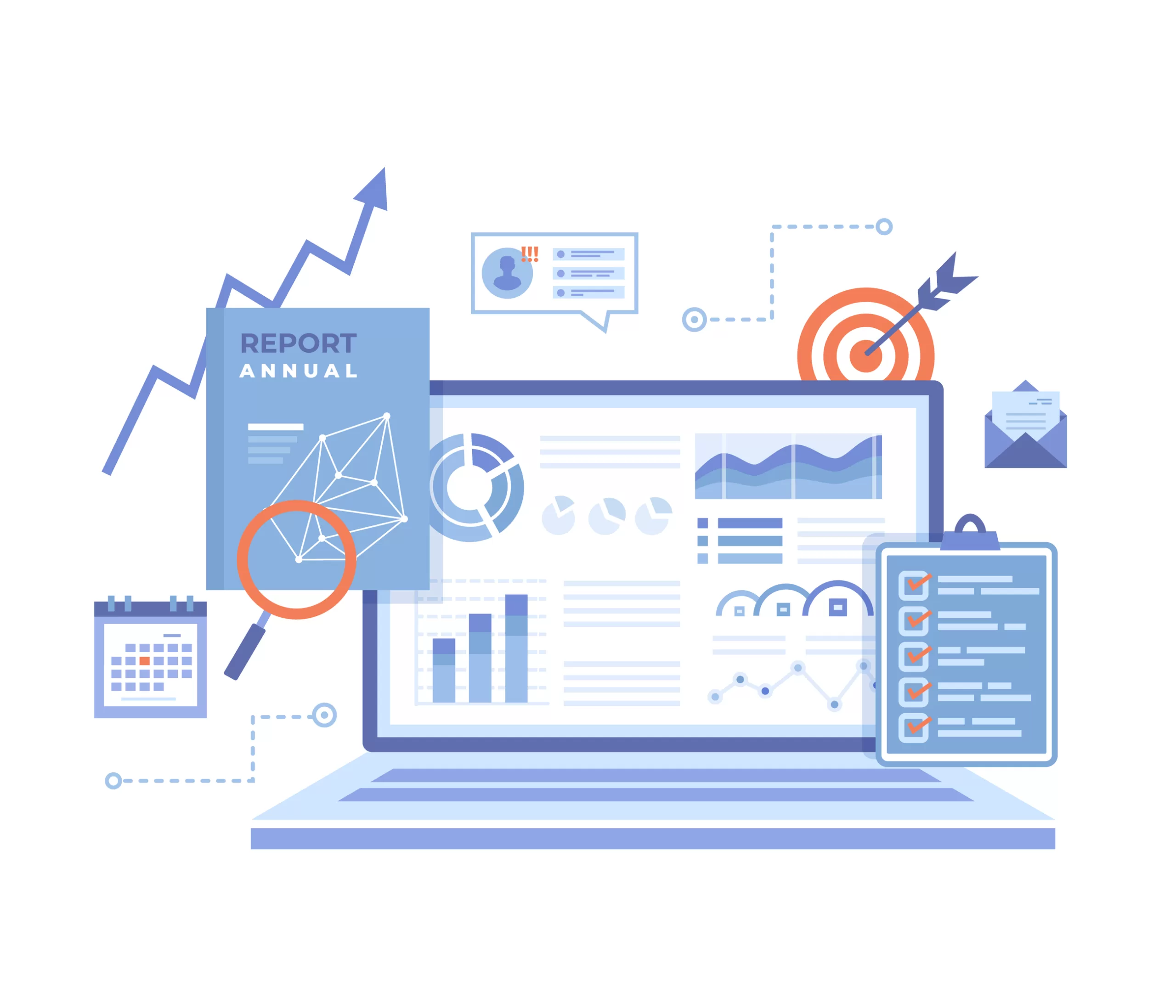Why are business plans so important?
18 April 2024
Read more
We often help our clients with business planning strategies and techniques that reduce their tax liabilities and increase their profit margins.
However, taxes, regulations, reliefs, and allowances are constantly changing so it’s important to consistently reconsider your current practices and strategies.
In recent months and years, the Government has made some significant amendments to the way businesses pay taxes.
Here are some of the things that we think you should now be aware of when it comes to business strategies and tax planning.
We know that you already have a firm grasp of the relevant taxes, like Corporation Tax, Value Added Tax (VAT), Business Rates, and National Insurance Contributions.
However, each tax has its own set of rules and rates, which can impact different businesses in various ways – especially in light of more recent changes.
A qualified accountant can walk you through your various tax liabilities and explain each one in turn but here’s a quick rundown:
Utilising available tax reliefs and allowances can significantly reduce your tax bills and expenses.
Below are some detailed explanations of key reliefs and how they can benefit your business:
The Annual Investment Allowance enables businesses to deduct the full cost of qualifying capital expenditure from their profits before tax.
The current limit stands at £1 million, allowing significant investments in plant and machinery to be written off against taxable profits in the year of purchase.
This form of relief applies to most plant and machinery investments, except for cars, items previously used for other purposes before being brought into the business, and items received as gifts.
It’s designed to encourage business investment in tangible assets by providing an immediate reduction in taxable income, effectively accelerating the tax relief that would otherwise be spread over several years.
Capital allowances permit businesses to write off the cost of certain capital assets against taxable income, thereby reducing their tax bill.
This category includes enhanced capital allowances for investments in energy-efficient or environmentally beneficial equipment, providing 100 per cent relief in the first year.
Such allowances cover a wide range of assets, including machinery, equipment, and vehicles, encouraging businesses to invest in sustainable practices.
R&D tax credits are designed to support companies that invest in innovation within qualifying projects.
Following recent reforms, the Government has merged the R&D Expenditure Credit (RDEC) and the R&D SME scheme into a single, streamlined approach.
This consolidation aims to simplify the claims process, though the specific benefits now vary depending on the company’s size and profitability, with relief rates adjusted to provide targeted support for innovative activities.
Rates vary from 8.6 per cent and 27 per cent.
The Employment Allowance allows eligible employers to reduce their annual National Insurance liability by up to £5,000.
This relief is applied each payroll run until the £5,000 limit is reached or the tax year concludes.
It’s specifically aimed at reducing the cost of Class 1 National Insurance contributions for employers, making it cheaper to hire and retain staff.
VAT reliefs, such as the Flat Rate Scheme, are designed to simplify VAT calculations for small businesses.
By applying a fixed rate of VAT to their turnover, companies can streamline their VAT payments, reducing administrative burdens.
Eligible businesses with a turnover of up to £150,000 can benefit from this scheme, keeping the difference between what they charge customers and what they pay to HMRC.
The flat rate percentage varies by industry sector, offering a tailored approach to VAT for small businesses.
Businesses should understand how to use their losses effectively, as well as their profits.
Many don’t realise that losses can often be carried back to previous years to reclaim tax paid or carried forward to offset future profits.
This can be a crucial cash flow management tool, especially for start-ups and businesses experiencing temporary downturns.
Utilising your losses can be complicated, however, and non-compliance is often looked upon unfavourably by HM Revenue & Customs (HMRC). As such, it is always best to speak to your accountant for tailored advice on leveraging losses.
When it comes to disposing of business assets, Capital Gains Tax (CGT) planning is essential to ensure you are not too heavily taxed on the profits you have made.
The current CGT rates are:
Entrepreneurs’ Relief, (now known as Business Asset Disposal Relief), can reduce the CGT rate for qualifying business disposals, providing substantial savings when you sell an asset.
Additionally, the team at Condy Mathias often recommend selling and disposing of assets at a specific time rather than just randomly.
This is because the CGT rate is linked to your Income Tax, so if we see the possibility of your Income Tax band changing, there might be the opportunity of an associated CGT reduction.
As such, it’s vital to understand the qualifying criteria and plan disposals accordingly with your accountant’s help.
For further information, or help to mitigate your tax liabilities, please don’t hesitate to get in touch.